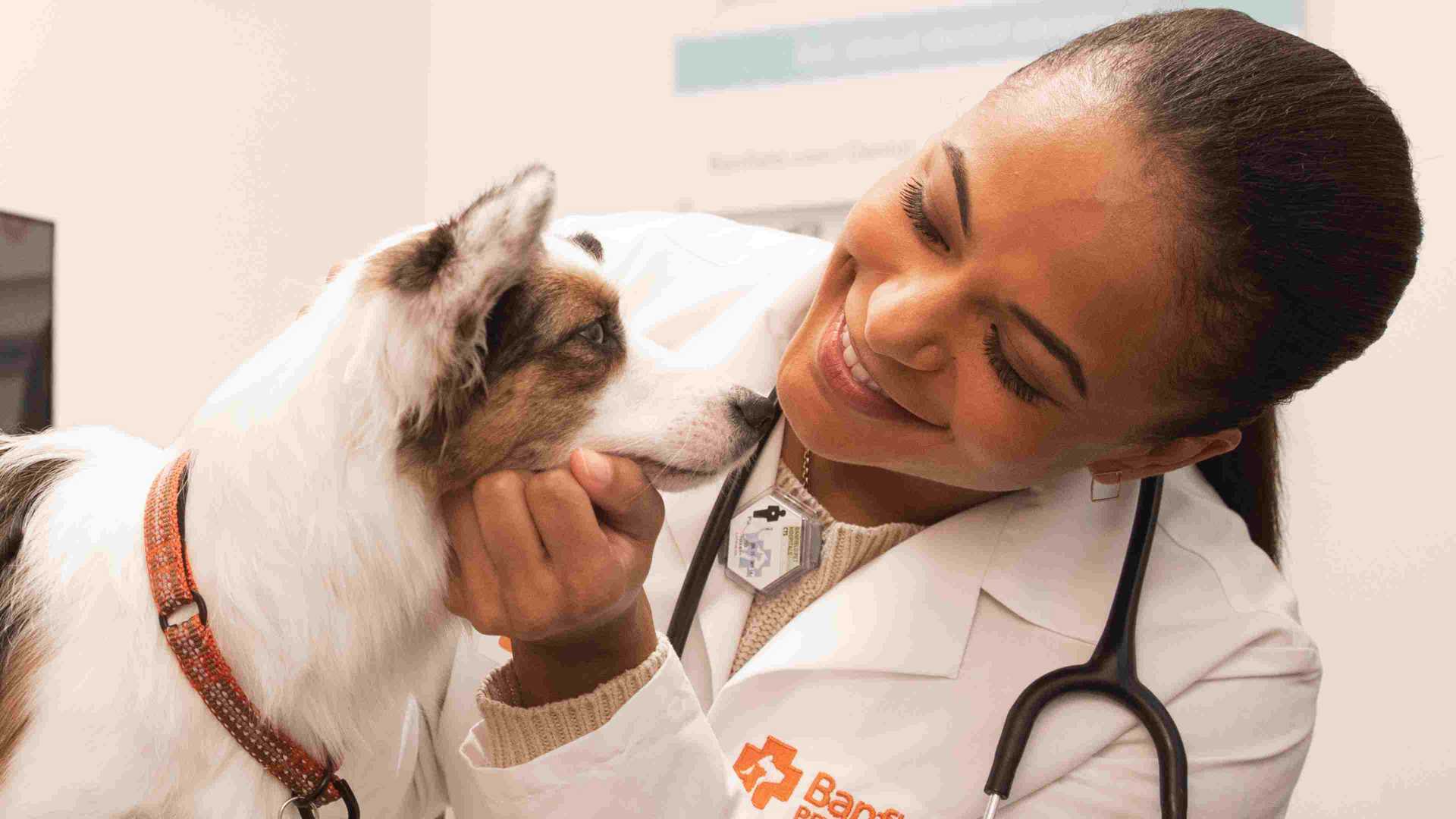what's that bark all about?
If you’re a dog owner, we bet that sometimes you wish your pet could talk. But other times – like when the doorbell rings, or the mail arrives, or a cat walks past – we wouldn’t blame you for wishing they would keep their earsplitting barks to themselves.
Dog barking is a fact of life. Expecting a dog to never vocalize or act on their nature is pretty unreasonable. And actually, if you know how to interpret those yips, whines, and woofs, you can get a pretty good insight to how your dog is feeling.
Here’s a basic decoder guide on what your dog might be saying (and some tips on how to tell them enough is enough).
When to whine
First off, use your best judgment. If your dog makes little sad whimpers or high-pitched, distressed whines, make sure they’re not in discomfort or pain. Have they injured themselves playing, or do they have a sore stomach from an internal condition or from eating a toy? If they’re barking or whining when lying down, they might actually be in distress or unable to get up. If you sense something is truly amiss, schedule an appointment with your Banfield Pet Hospital veterinary team.
Sometimes, however, whining is a sign that a less-drastic physical need is not being met. Possibly they’re thirsty, and need clean water in their bowl. Maybe it’s getting close to dinnertime and they really, really, really don’t want you to forget. It could be that their favorite toy is under the sofa, or out of reach.
Also, you can make your life a little less frantic by learning your dog’s special whine-and-body-language for when they need the toilet. When they make earnest eye contact with their whines, you know they reaaaaaaallllly need to go.
Indeed, vocalizations paired with behavior or movement can be a valuable form of communication. And if you pay attention to your dog’s body positions in relaxed settings, it can help you be more attuned to physical behavior associated with barking due to aggression, such as direct eye contact and ear position.
Hark the bark
Dogs bark for a lot of reasons, and each bark can have different tones and sounds. Tuning your ear to the pitch and urgency of a bark can help you a lot in determining the best way to react.
Aggression: An aggressive bark is a dog’s way to establish their role in the pack, or to defend themselves if they’re afraid. Overcoming these behaviors can often require professional advice from an animal behaviorist.
Alarm: Is something wrong, and does your dog or someone else need help? If you don’t know why they’re barking, it’s worth checking it out.
Anxiety or fear: If your dog is barking at fireworks or thunder, or because they’re alone, they’re not happy. Again, an animal behaviorist can work with you to help overcome whatever their trigger may be.
Attention-seeking: If your dog associates doorbells, phones, or working with lack of attention, they may bark to get you to focus on them instead.
Boredom: When dogs don’t have enough to do, they can easily get anxious and bark for attention.
Playfulness: Many dogs have a special “play bark” to initiate a tussle with favorite toys or with other dogs while playing.
Senility: Some older dogs may simply bark. Talk to your Banfield veterinary team if you see behavior changes with age.
Surprise: Hey, wouldn’t you yip if someone woke you up suddenly or stepped on your toe?
Territory-guarding: If your dog barks at the postal service, they probably associate the noise with someone, or something, coming into “their” house.
Communicate for calm
Knowing why your dog is barking — or at least having a good guess – is the key to modifying the behavior (and possibly having better relationships with your neighbors). General obedience training is the place to start, since your dog will be aware they need to watch you for commands and positive reinforcement. Start with sit, stay, and watch (“look at me”) when there are no distractions, and then use these commands to redirect your pet when they hit the “bark switch.”
As always, positive reinforcement of the behavior you want is a great approach. Reward your dog when they obey your command, and see how quickly they learn.
 Mites and mange
Mites and mange Podcast - Not Just Fluff
Podcast - Not Just Fluff











